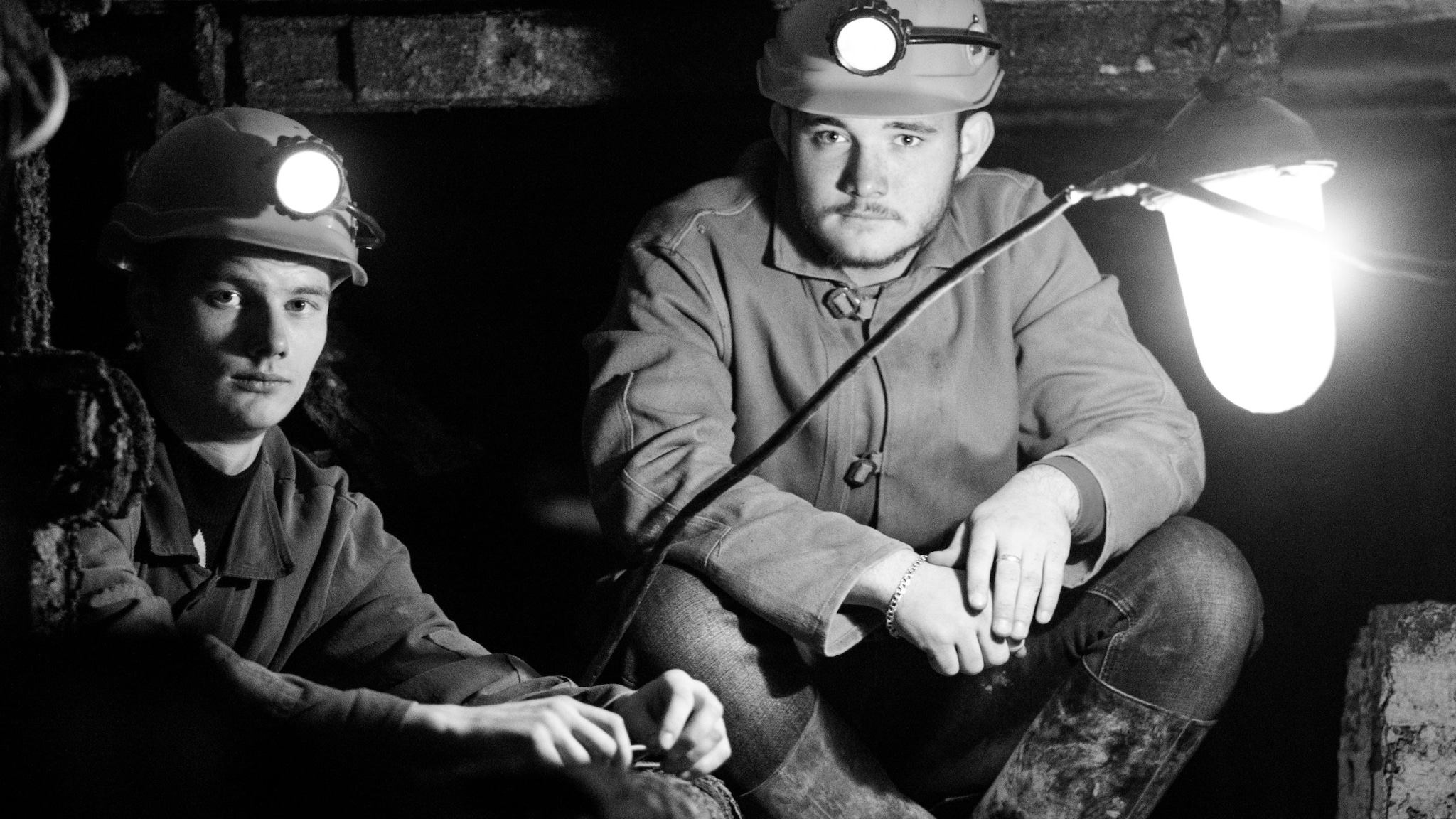At a glance
The NIOSH Coal Workers’ Health Surveillance Program (CWHSP) studies respiratory diseases in miners related to coal mine dust exposure. The program also provides health information to miners through health screenings and surveillance.

Overview
The CWHSP was established by the Federal Coal Mine Health and Safety Act of 1969. Its mission is to detect lung disease early in coal miners and to prevent progression to severe lung disease. The CWHSP offers health screenings for miners and allows researchers to identify trends in disease across the nation.
Black lung screenings
CWHSP provides U.S. coal miners with the opportunity to receive black lung screenings at no cost to miners. They are available when miners initially begin employment in coal mining and at intervals throughout their coal mining careers. For more information, go to the Black Lung Screenings page.
B Reader Program
The NIOSH B Reader Program trains and certifies physicians in the International Labour Organization, International Classification of Radiographs of Pneumoconioses. U.S. regulations specify roles for B Readers in classifying chest x-ray images of workers in jobs involving exposure to:
- Coal mine dust
- Crystalline silica
- Asbestos
B Readers also perform classifications in a range of other settings, including research, legal, and evaluation for benefits.
Special notice to coal miners
Part 90
The Mine Safety and Health Administration announced an effort to raise awareness of Part 90. These regulations give coal miners with black lung the right to work in areas with lower dust levels without reduced pay, discrimination, or termination. Learn more at Miner Health Matters.
National autopsy study
The Mine Safety and Health Act of 1977 authorizes the U.S. Department of Health and Human Services to provide coal miner autopsies and to pay for their submission to NIOSH. Refer to Specification for Medical Examinations of Coal Miners Subpart Autopsies for more information.
At this time, funding is not available to pay for autopsies.
Data-use agreement
Michigan State University (MSU) researchers are developing artificial intelligence models to classify digital chest x-rays for findings of pneumoconiosis. To assist, NIOSH has entered into a data-use agreement that allows MSU to use anonymous digital chest x-rays from CWHSP. Names and identifying information have been removed from the chest x-rays. The agreement does not allow MSU to share the x-rays with anyone else or use the x-rays for purposes other than this research. We hope that having the ability to use artificial intelligence to classify chest x-rays will help physicians in their efforts to perform consistent and accurate classifications using the International Labour Organization's classification standards.
Resources
Medical records, mine plans, forms
Mining contacts
- Department of Labor Black Lung Program
- Health Resources & Services Administration Black Lung Clinics Program
- Mining Safety and Health Administration
- NIOSH Mining Program
- State Contacts
